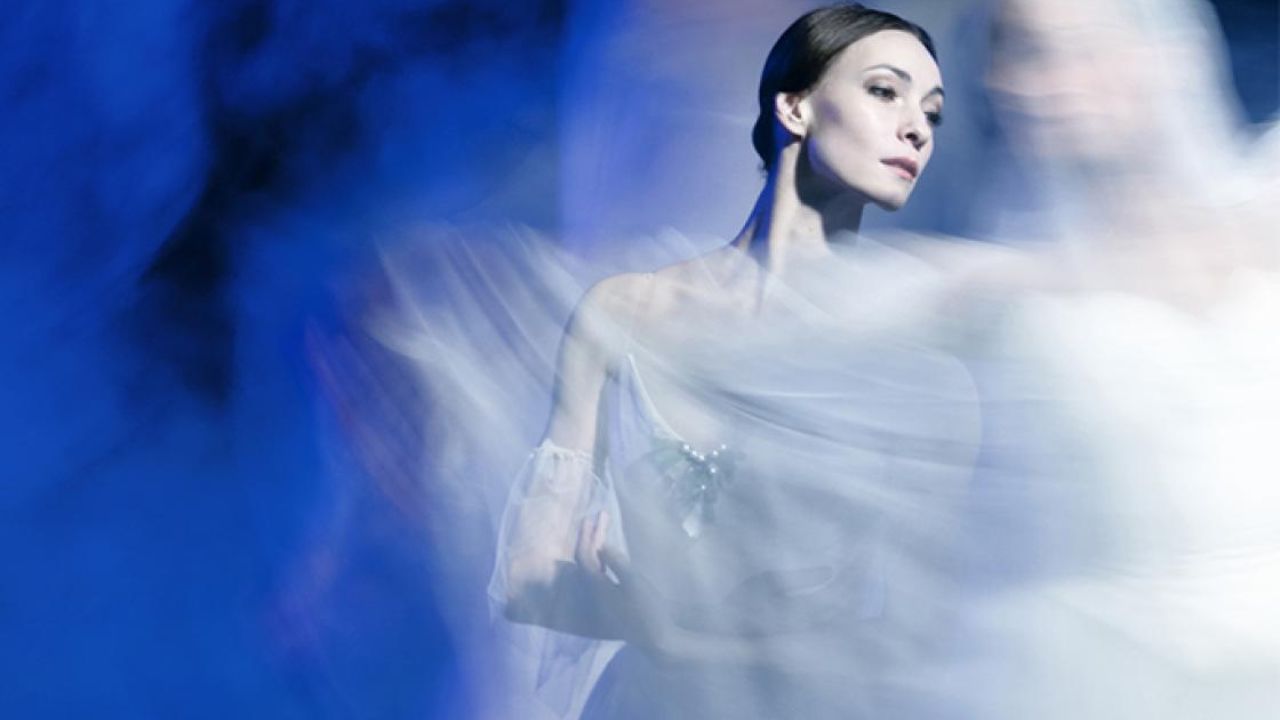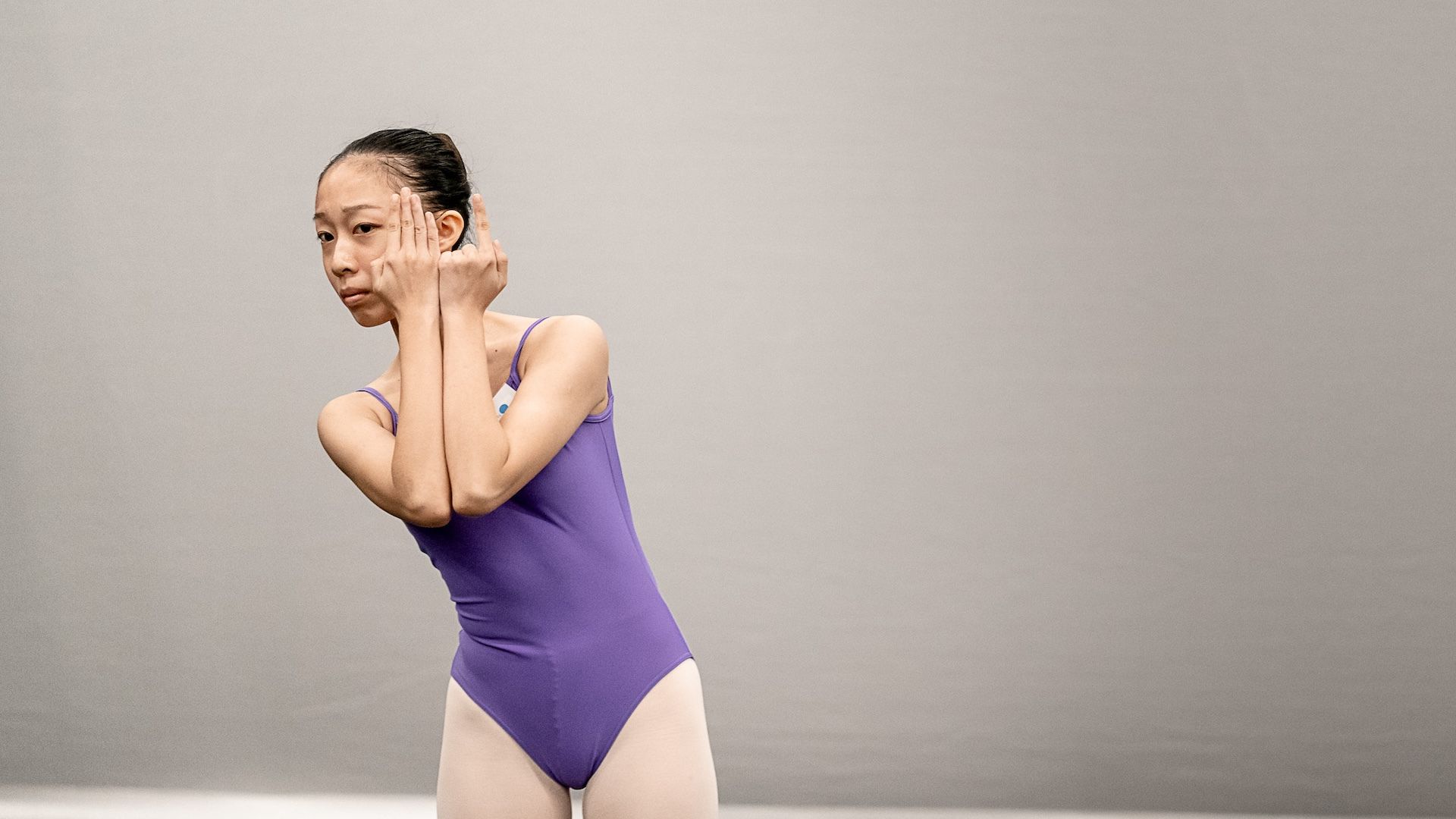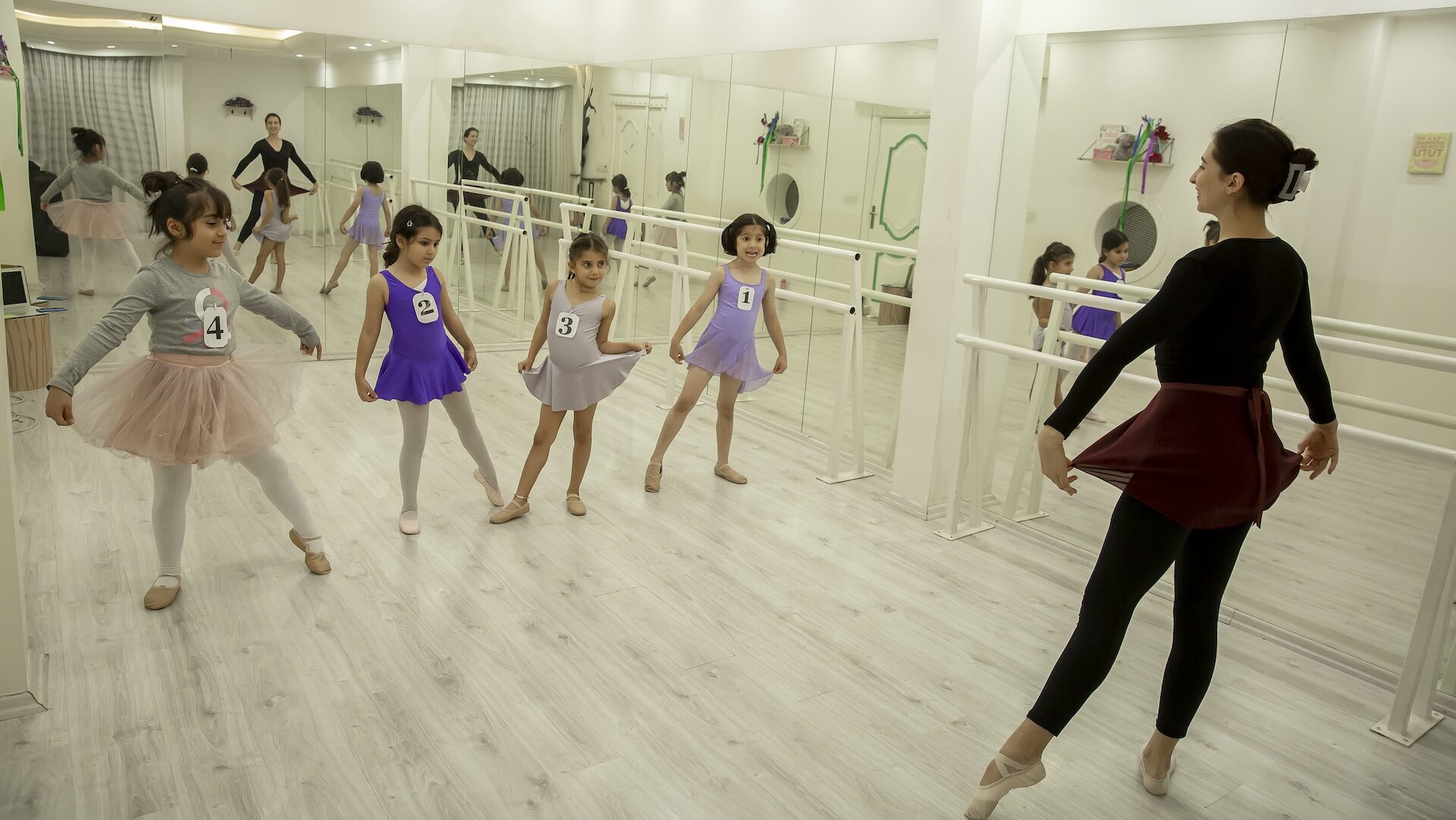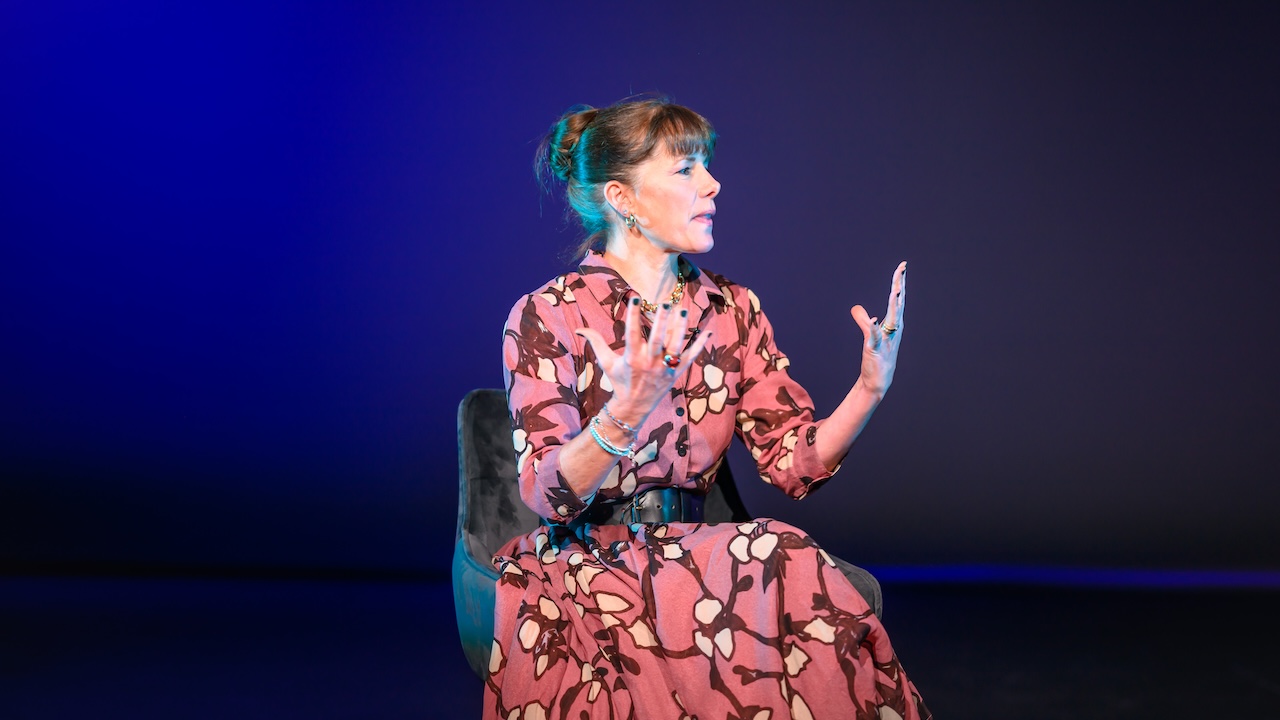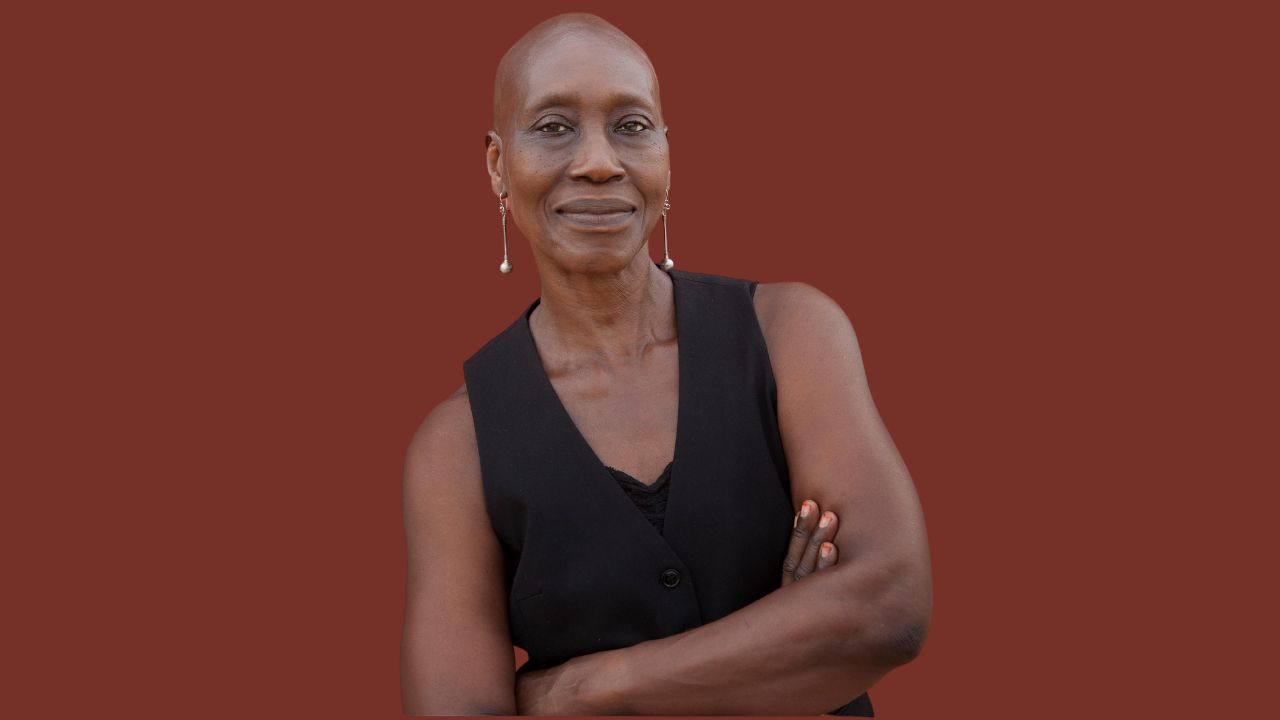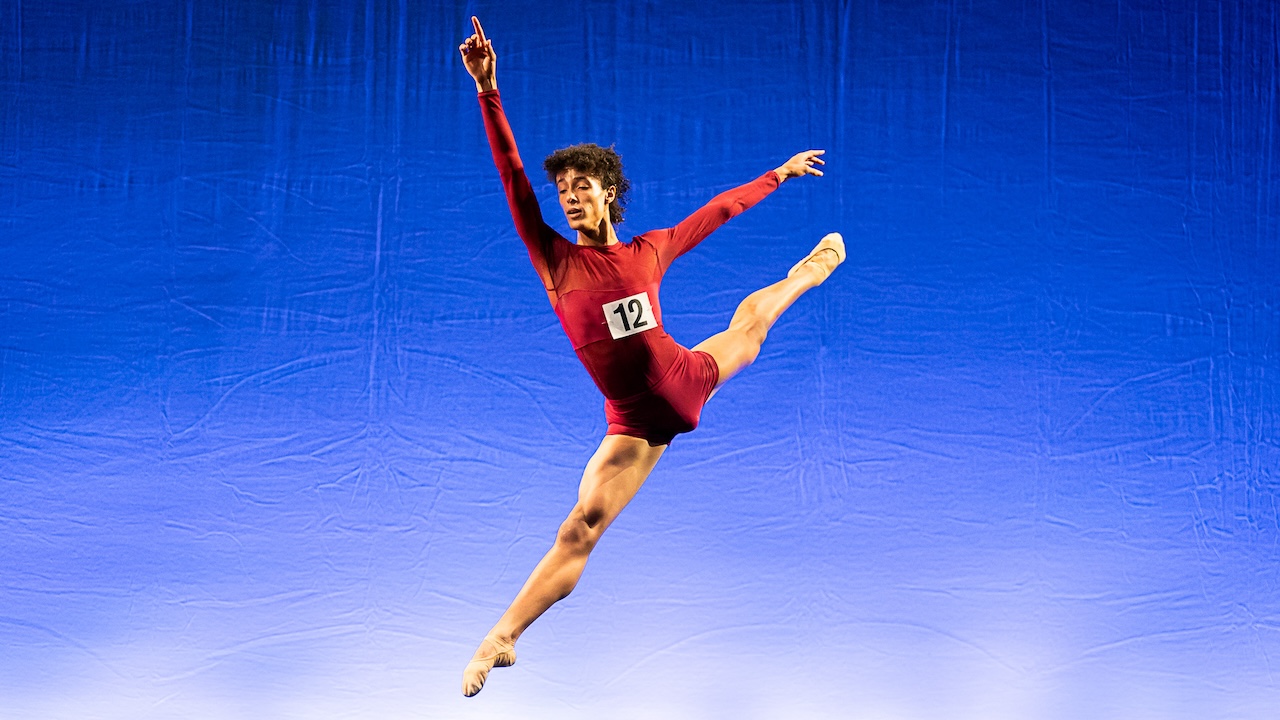In 1973, at a party in the Bronx in New York, the DJ Kool Herc created a musical style that crossed the world. The term hip hop was officially coined in 1982, and its music continues to innovate and influence. But 50 years on, what is the form’s significance? Why are sneakers crucial to its style? And how important is dance in hip hop?
Dance Gazette hears from the curators of two major exhibitions – Day One DNA at Harvard University, which draws on the archives of hip hop icons Ice T and DJ Afrika Islam, and The Culture in Frankfurt.
What were the early days of hip hop like?
Ice T People don’t know about hip hop; the DNA, the dance, manually digging through crates, listening to the music… and developing the ear for the break. All of this is the DNA. That’s how it started. The DJ played records from different genres. There were no hip hop records at that time. Once the DJ figured out how to only play the break, well then, of course, the kids danced, and they were called break dancers; they danced to the breaks of records.
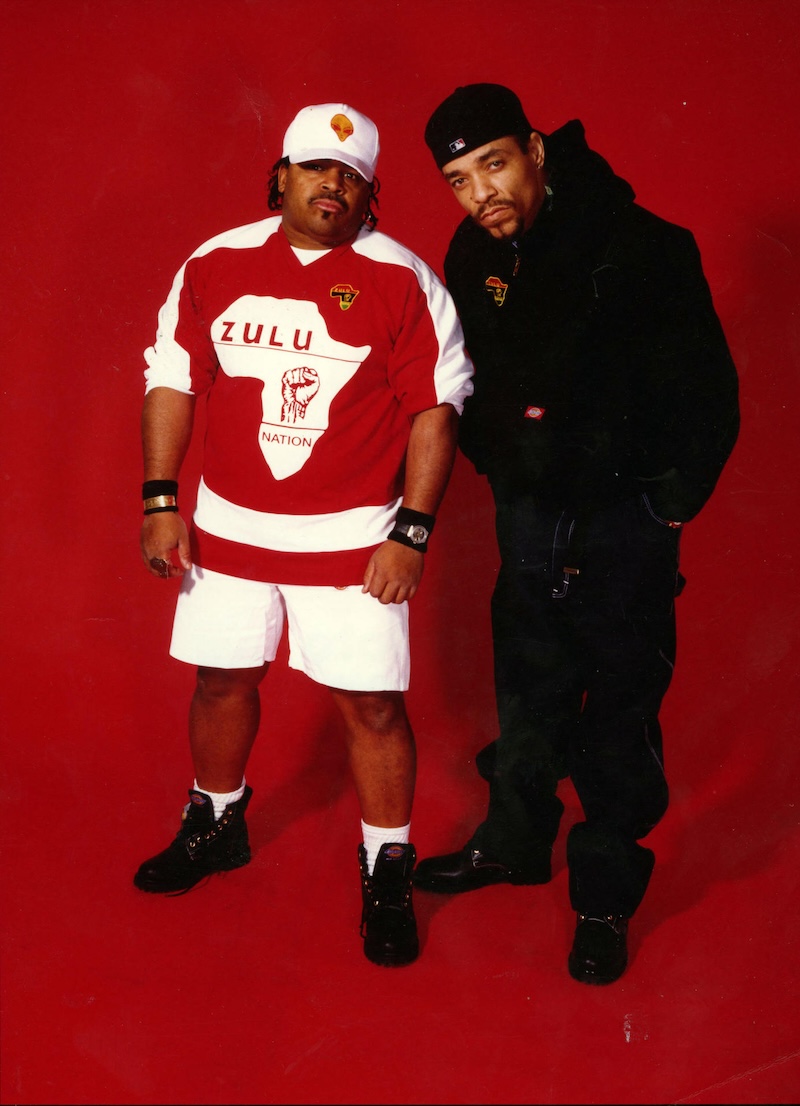
Once the DJ figured out how to only play the break, the kids danced – they were called break dancers
Ice T
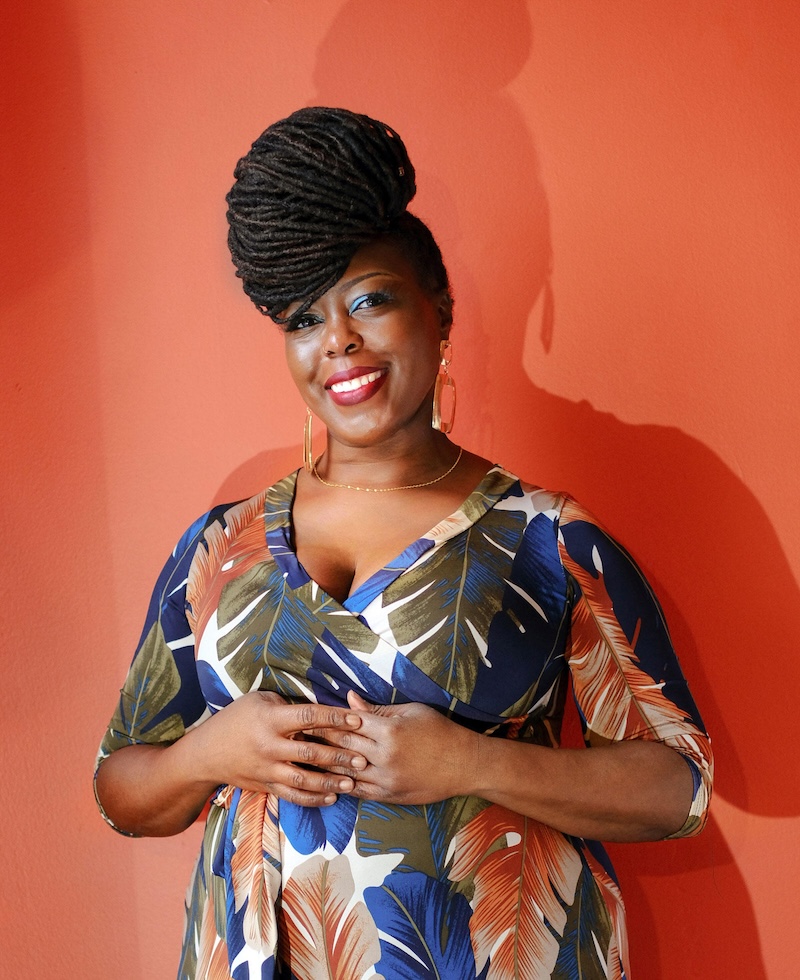
How integral is dance to hip hop and its journey?
Laylah Amatullah Barrayn, curator Day One DNA This is a great question. Dance is an integral part of the foundation of hip hop; it existed from the very beginning and is woven into the fabric of hip hop. The dance element played a crucial role as the first to be internationally recognised, serving as the ambassador of the culture. It was through dance that much of the world initially encountered and connected with hip hop culture.
Hip hop is a grassroots, communal endeavour comprising four elements: the DJ, the MC, the dancer, and the visual artist (graffiti artist). The dancers depend on the musical environment created by the DJ during jams in the parks in the Bronx where hip hop originated. Hip hop dancers, also known as breakers or b-boys, got their name when DJs played and extended the breaks of a record, where everyone got down and showed their moves. The elements of hip hop are intricately connected; it’s as if each element relies on the others for activation.
Andréa Purnell, curator of The Culture Hip-hop started as a movement that included specifically breakdance – which some consider the most important element to the genre. We can trace its origins to early street culture in the Bronx where b-boys and b-girls would perform dance moves inspired by the beat. The Culture includes artist Nicholas Galanin, whose work engages the complexities of Indigenous identity, culture and representation. He features breakdancer David Elsewhere, rhythmically aligned with a song sung in Tlingit, the language of the Indigenous people from the regions presently known as Southeast Alaska and Western Canada.
It was through dance that much of the world initially connected with hip hop culture
Laylah Amatullah Barrayn
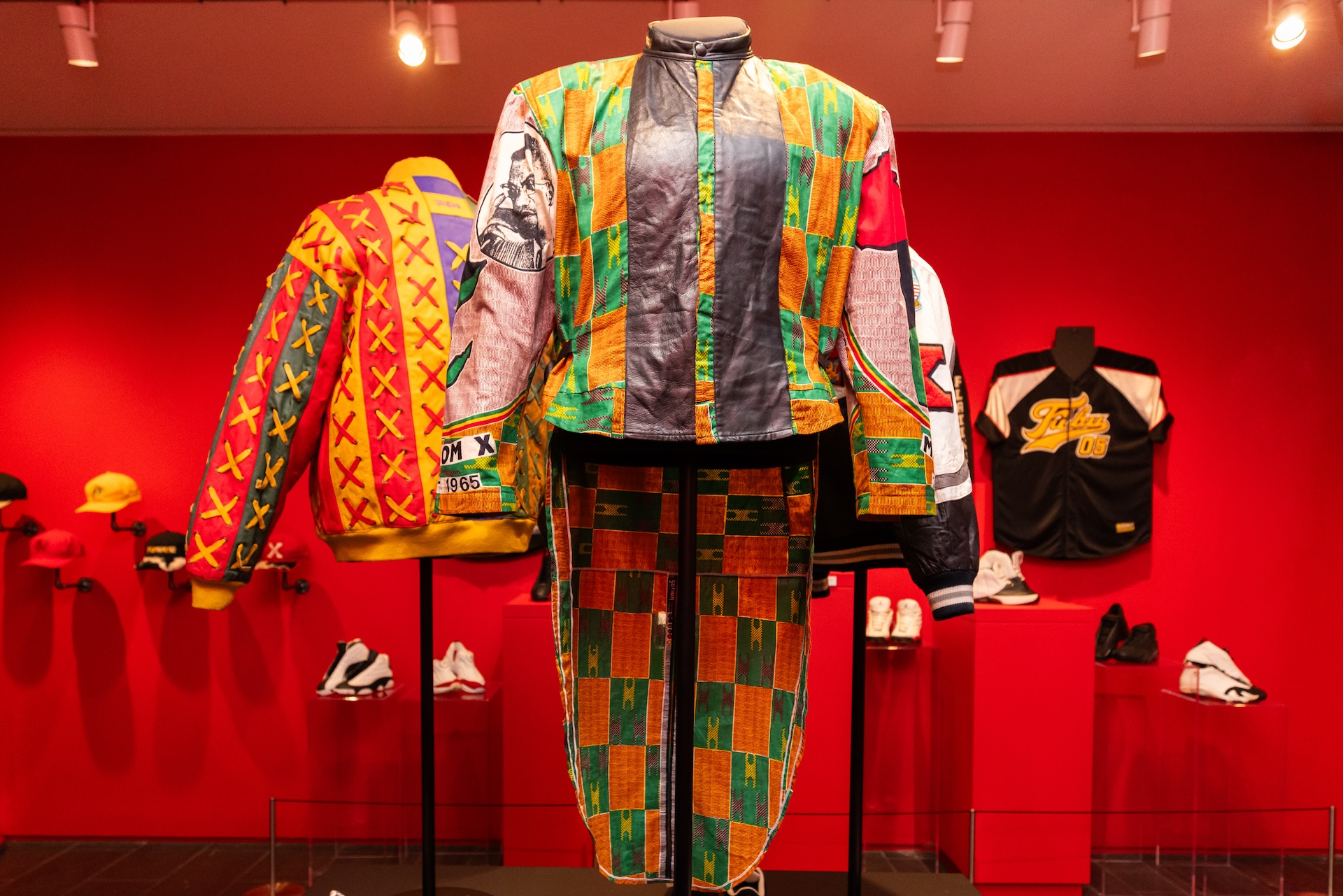

What do the sneakers in ‘One Day DNA’ tell us about dance and hip hop?
DJ Afrika Islam Sneakers are b-boy gear. That’s why I included all of the sneakers into our exhibition. It’s what hip hop stands on. Every Saturday afternoon, we watched Kung Fu Theater on Channel 5. All the b-boys watched martial arts, Soul Train, and James Brown and we combined those moves into our own dance style.
Barrayn DJ Afrika Islam and Ice-T are both former highly skilled dancers. In curating the exhibition, they emphasized the significance of footwear in their styles and to the functionality of their technique and moves. Ice-T mastered the West Coast boogaloo, while DJ Africa Islam was part of the legendary Rock Steady Crew.
The collection includes a variety of sneakers, ranging from Jordans to Adidas. Particularly prominent are the Puma Suede Classics and the Adidas Superstar, also known as ‘shell toes.’ These sneakers stand out as the most recognisable and widely used footwear for breakers. It’s common for dancers to amass a trove of sneakers. As part of the exhibition, there is a recreation of Afrika Islam’s bedroom, featuring a collection of sneakers at the foot of his bed, I wanted to show the personal connection between the dancers and their beloved footwear.
What part has hip hop played in the key issues of our time?
Barrayn Hip hop, particularly during its early days, served as a powerful tool for social commentary. MCs have used their lyrics to speak out against injustice, marginalisation and economic hardships, creating a platform for witnessing and creative expression. Chuck D, leader of the group Public Enemy, famously referred to rap as ‘Black America’s CNN,’ highlighting its role in conveying the realities faced by the Black community. Iconic songs like Grandmaster Flash and the Furious Five’s The Message (1982) addressed the transit strike in New York City, marking one of hip hop’s early social commentaries. From the past to recent tracks like J Cole’s Be Free, which reflects on the killing of Mike Brown in Ferguson, hip hop continues to be a medium for addressing pressing social issues.
Purnell Hip hop’s influence offers a sense of belonging, acting as a diary of sorts for young MCs responding to the world in which they lived while at the same time fostering a sense of worldwide unity. Artists often turn to hip hop to express their experiences, emotions and political viewpoints. The Culture shines a light on many contemporary issues of our day that continue to at times be pushed to the margins of hip hop.




At 50, what is the root of hip hop’s appeal? And how do you see it developing over the decades to come?
Barrayn For me the appeal has always been authenticity. Hip hop has always centred and celebrated an individual style and made room for everyone, from the quirky to the militant. It’s the culture’s creativity, innovation and constant evolution that keeps it dynamic and engaging.
Purnell Hip hop has become ensconced in society as one of the most vital cultural movements of the 20th century. For me, the root of its appeal is how hip hop as a multifaceted creative practice has produced new forms of power yet it continues to inspire the protest, critique, and refusal of dominant ones. I see the future of hip-hop continuing to adhere to the necessary capacity for adaptive change including the expansion of the global hip hop scene and the infusion of other musical genres.
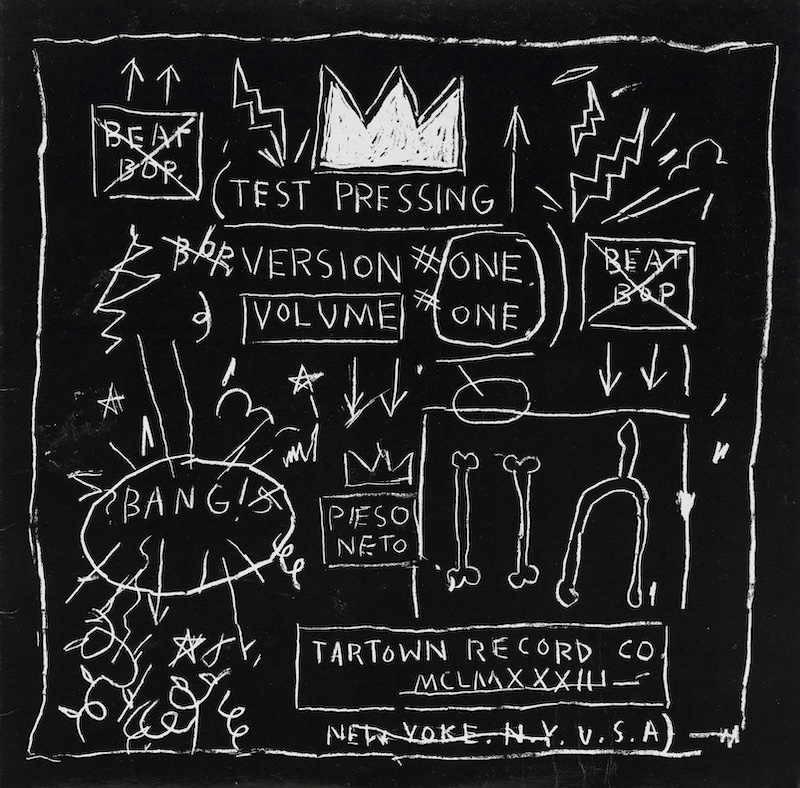
What are your own favourite hip hop tracks?
Purnell A favourite track that inspired our exhibition was from Tupac Shakur’s iconic 1996 album, All Eyez on Me where in the song Tupac poetically breaks down what it means to be seen, but also be surveilled.
Barryn My favourite tracks have to be Pete Rock and CL Smooth’s They Reminisce Over You, Mos Def’s Umi Says, Lauryn Hill’s Lost Ones and A Tribe Called Quest’s Scenario.
WATCH
A Tribe Called Quest’s Scenario



